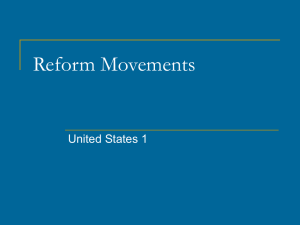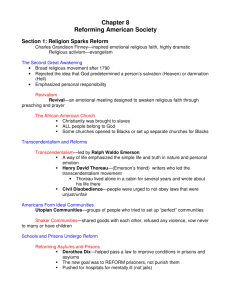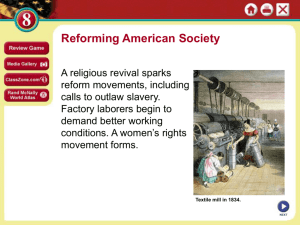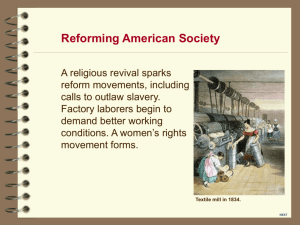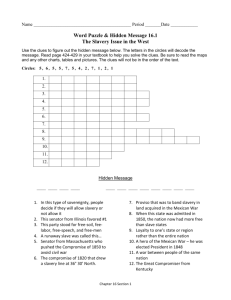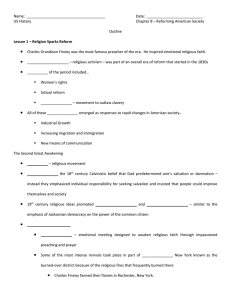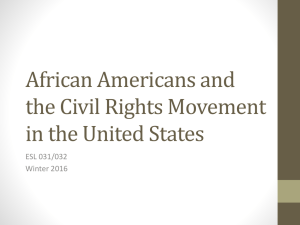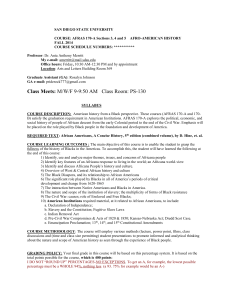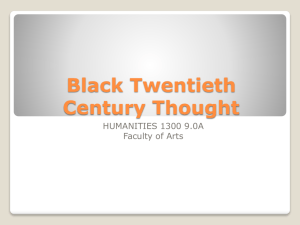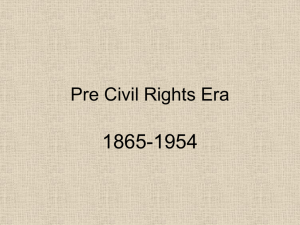Women
advertisement
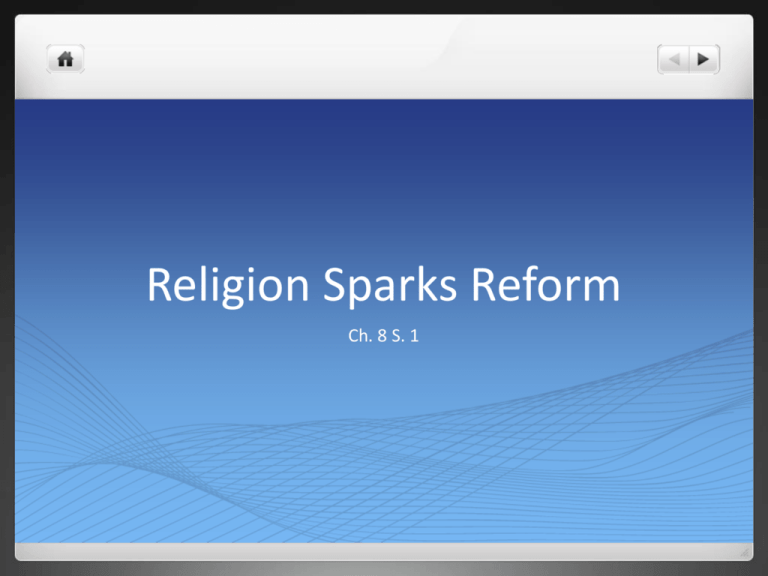
Religion Sparks Reform Ch. 8 S. 1 Revivalism Religious meeting meant to give faith Could last up to 4-5 days Charles Finney was one of the best 1800 – 1 in 15 belonged to a church 1850 - 1 in 6 were a member Opened membership up to African Americans Transcendentalism Ralph Waldo Emerson Philosophical and literary movement that emphasized living a simple life and celebrated the truth found in nature and personal emotion and imagination Stressed optimism, freedom, elf reliance Henry David Thoreau – tested this Gave the idea to refuse laws Civil Disobedience :o Utopian Communities A perfect place Common goals Indiana, New Harmony (It used to be more than just corn) Usually did not last for more than a few years Shakers Men & Women were equal Refused to fight When converted they refused to marry 1840’s 6,000 members 1999 - 7 Reforms! 1845-1852 Improving the Prisons 9 States set up public hospitals for the Mentally Ill Treatment to reform the sick Education 1830’s schools started demanding tax money 1837 First Secretary of Board of Education Teacher Training Doubled money spent on schools Slavery and Abolition Ch. 8 S. 2 Abolition The call to outlaw slavery. William Lloyd Garrison Most radical white abolitionist Started his own paper The Liberator Spoke out for immediate emancipation With no payment for slave holders Founded the Anti-Slavery in 1832 Free Blacks Appeal to the Colored Citizens of the World 1829 David Walker Wanted blacks to fight for freedom 1850 – 434,000 Free blacks Lowest paying jobs were open to free black Born to Slavery in 1817 Slave owners wife taught him Escaped to Freedom Frederick Douglass Started North Star in 1847 Dawn to dusk in the field Slave driver made them work harder Many worked side by side with their owner Worked in factories 1850 Skilled occupations Rural Slaves – 2.8 million Urban – 400,000 Blacksmithing Carpentry Urban Slavery A gifted preacher Killed almost 60 whites Used the eclipse of the sun Turner hid for several weeks In return whites killed 200 blacks Nat Turner Nat Turner Cont. This strengthened the Southern will to keep slavery Reform from Revolts Revolts caused a backlash against free blacks Lost many of the rights they formerly had Many found reason in the bible to own slaves Invention of the myth of a happy slave Gag Rule – Limiting or preventing debate on an issue Women Cult of Domesticity Work that women was restricted to after marriage Roughly 1 in 5 white women had worked for wages for just a few years 1 in 10 women worked outside the home for half the wages of men Women Abolitionists Looked down because they were taking the place of men Made them more determined Step towards women’s rights Temperance Temperance movement – effort to get rid of drinking A branch of the church movement and women’s movement Alcohol was used a lot Education for women Chemistry enough to keep the pot boiling Geography enough to know the location of the different rooms of the house Women start being educated in 1821 1831 Women tried to desegregate Health reform 1849 First women to graduate from medical college Women’s clothing and bathing was a problem First women in pants Women’s Rights Seneca Falls convention – Women’s rights conventions Declaration of Sentiments – Detailed statement of grievances The Changing Workplace 8.4 Rural Manufacturing Initial stage of clothing was done in a factory Second stage was called Cottage Industry All stages started to be done in the factory It cut time and costs Early Factories Artisans-People who made items Master – Most experienced Journeyman – Skilled worker employed by a master Apprentice – a young worker learning a craft Spread of factories allowed unskilled workers to make items Lowell Mill Women were hired because they could be paid less Conditions at Lowell Started at 5 Work till 7:30 Was in hot, dark, and poor ventilated areas Strikes at Lowell Union is Power Wanted conditions returned Most women returned to work at lower rates Mill owners then fired leaders Immigration Increases 1845-1854 = 3 million immigrants Mostly German or Irish Went mostly to the North Problems? Unions & Strikers Organized specific to trade Faced opposition Courts gave workers the right to Strike Market Revolution 9.1 Entrepreneurial Spirit Capitalism Entrepreneurs New Inventions Vulcanized Rubber – Charles Goodyear Sewing Machine Communications Telegraph What is that? Transportation Canals Railroads Offered speed Operate in winter Brought things to people that live inland Northeast became center of commerce and shipping
